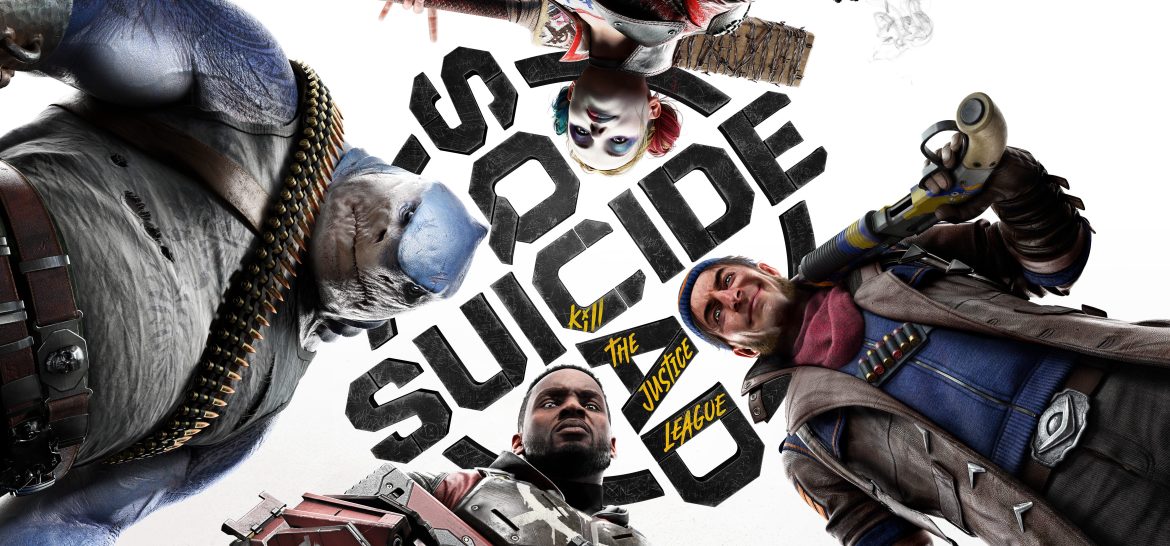TL;DR
Brainiac has taken over Metropolis and corrupted the Justice League, forcing villains Harley Quinn, Deadshot, King Shark, and Captain Boomerang to save the day in *Suicide Squad: Kill the Justice League*. Developed by Rocksteady, known for the Arkham series, this game shifts to a looter-shooter format with repetitive missions and an overemphasis on on-screen scoring that detracts from the experience. Despite excellent voice acting and promising narrative elements, the core gameplay loop quickly becomes monotonous, and the lack of context for the Justice League's corruption makes the story feel disjointed. While co-op offers some fun, a constant internet connection is required. Dive into the full review to see why this title lands squarely in average territory.
In Suicide Squad: Kill the Justice League, the supervillain Brainiac has seized control of Metropolis. Those inhabitants he hasn’t eliminated have been transformed into mindless drones, completely subservient to his will. Adding to the crisis, Brainiac has also corrupted key members of The Justice League: Batman, Superman, Green Lantern, and soon The Flash, now serve as formidable and malevolent adversaries. The world’s last hope rests on a quartet of unconventional individuals. The villains King Shark, Harley Quinn, Captain Boomerang, and Deadshot are extracted from Arkham-fängelset (Arkham Prison) and coerced by the ruthless Amanda Waller to undertake the perilous mission of neutralizing the Justice League.
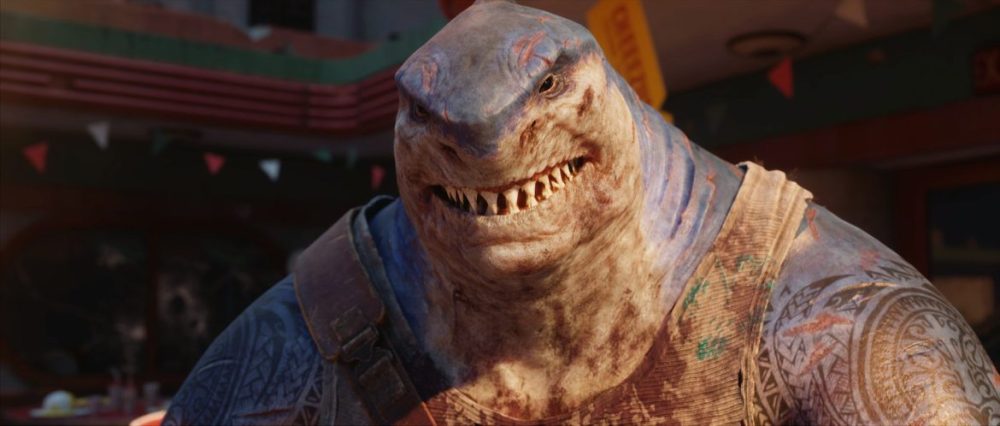
Rocksteady Studios, the acclaimed developer behind the immensely popular Arkham-trilogin (Arkham Trilogy), has, for reasons that are not immediately apparent, set Suicide Squad: Kill the Justice League within the same narrative universe. The rationale behind this decision is unclear. The game mechanics diverge significantly from the established Arkham formula, and the narrative often feels like a sequel to a preceding installment that doesn’t exist. I will elaborate on this point.
I appreciated the Arkham games for several reasons, including their engaging and challenging gameplay, as well as their compelling and well-crafted narrative. They offered a fresh perspective on the Batman mythos. Furthermore, the core gameplay revolved around melee combat and, in contrast to Suicide Squad: Kill the Justice League, the experience wasn’t saturated with on-screen scoring elements.
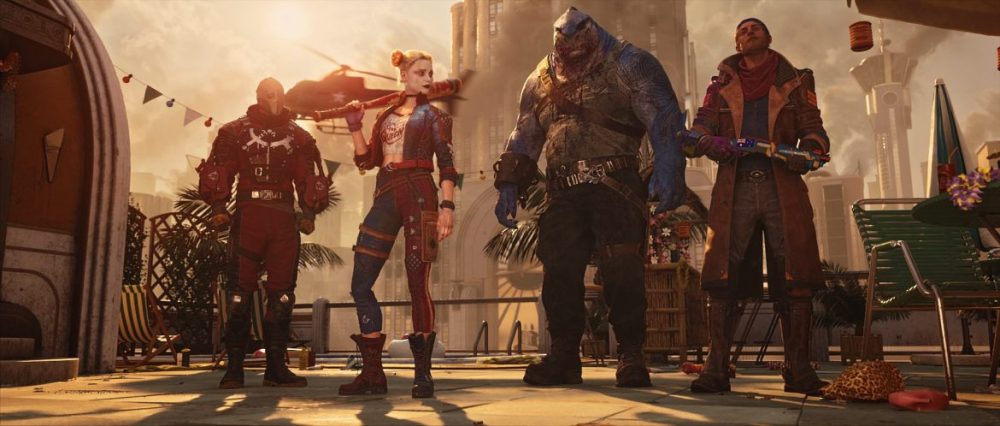
This brings us to the core of Suicide Squad: Kill the Justice League. Combat is heavily reliant on point accumulation, with a constant barrage of numbers, colors, and visual effects accompanying each shot, which ultimately detracts from the overall experience. Missions tend to be brief, leading to a rapid succession of objectives. While there are both primary and secondary missions, their inherent similarity quickly leads to monotony. The core gameplay loop consists of defending objectives, retrieving or delivering items, or eliminating enemy forces to gain access to new areas. This formula is repeated ad nauseam, culminating in encounters with boss characters.
The frustrating aspect of this design is that a genuinely compelling narrative is undermined by repetitive gameplay. Furthermore, failure (limited to three revivals) necessitates replaying the entire mission, a factor that often prompted me to discontinue playing. While not particularly challenging, the missions can be tiresome, leading to a sense of disengagement as I struggled to maintain focus amidst the overwhelming number of enemies attacking from all directions. The game generally maintains a stable 60fps frame rate, even during intense combat scenarios, although occasional performance dips were observed. This may also be attributable to inconsistencies in my internet connection.
The game incorporates a conventional progression system, involving the accumulation of experience points and the upgrading of weapons and skills. Consequently, the player character grows in power and proficiency over time, but the enemies also scale in difficulty, mitigating any sense of meaningful progression and perpetuating the feeling of repetition.
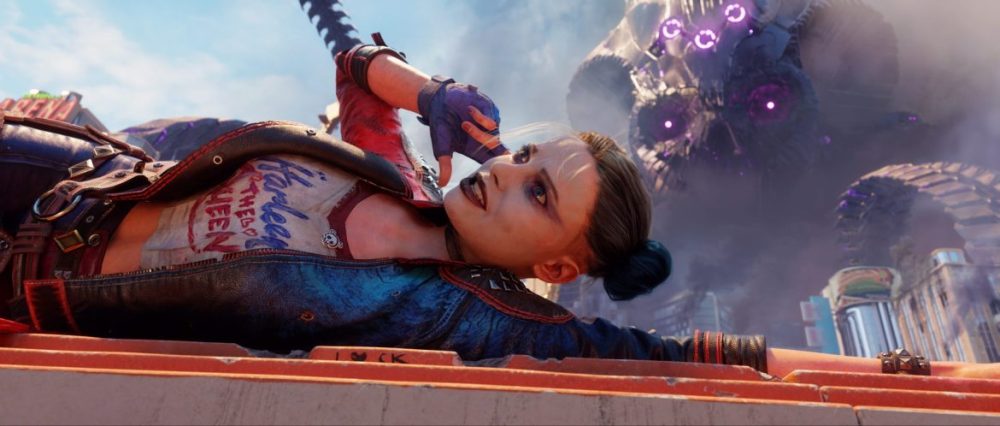
As previously stated, Suicide Squad: Kill the Justice League feels akin to a sequel without a preceding chapter. The game neglects to depict Brainiac’s initial assault and subsequent enslavement of the Justice League. It would have been insightful to understand how he managed to subdue the intellect of Batman and the strength of Superman, while simultaneously failing to overcome Wonder Woman and The Flash. The main campaign can be completed in approximately 12 hours, with future DLC releases planned to further expand the narrative. Speculation abounds that the Justice League members encountered in the game may not be the genuine articles, but rather clones. This theory is supported by the reappearance of a severed thumb in a later scene, although this could also be attributed to a development oversight.
The voice acting is consistently excellent. The legendary Kevin Conroy (1955-2022) delivers one of his final performances as Batman, Nolan North from Uncharted voices Superman, Jason Issacs portrays Brainiac, and the popular Tara Strong embodies Harley Quinn. Even the supporting cast delivers commendable performances. However, the disparity between the high quality of the cutscenes and the comparatively lackluster gameplay makes it difficult to fully embrace Suicide Squad: Kill the Justice League as a cohesive whole.
Playing cooperatively with other players online provides a more enjoyable experience, as it allows for the division of labor and simultaneous defense of multiple objectives. When playing solo, the AI-controlled companions remain tethered to the player, leaving other areas vulnerable. A significant drawback is the requirement for a persistent internet connection, even when playing in single-player mode.
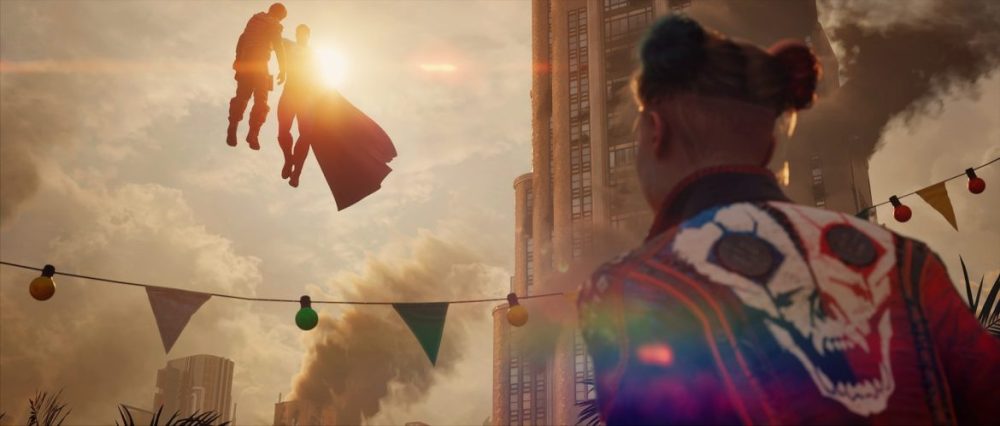
In conclusion, I rate Suicide Squad: Kill the Justice League as an average title. While the narrative holds promise, the repetitive game mechanics quickly become tiresome. It will be interesting to observe the future direction of the Suicide Squad: Kill the Justice League universe. Future updates may introduce unforeseen twists, and potentially, a more diverse range of gameplay mechanics.
Warner Bros. Interactive Entertainment provided a review code for this evaluation. The provision of materials does not influence our editorial objectivity.
